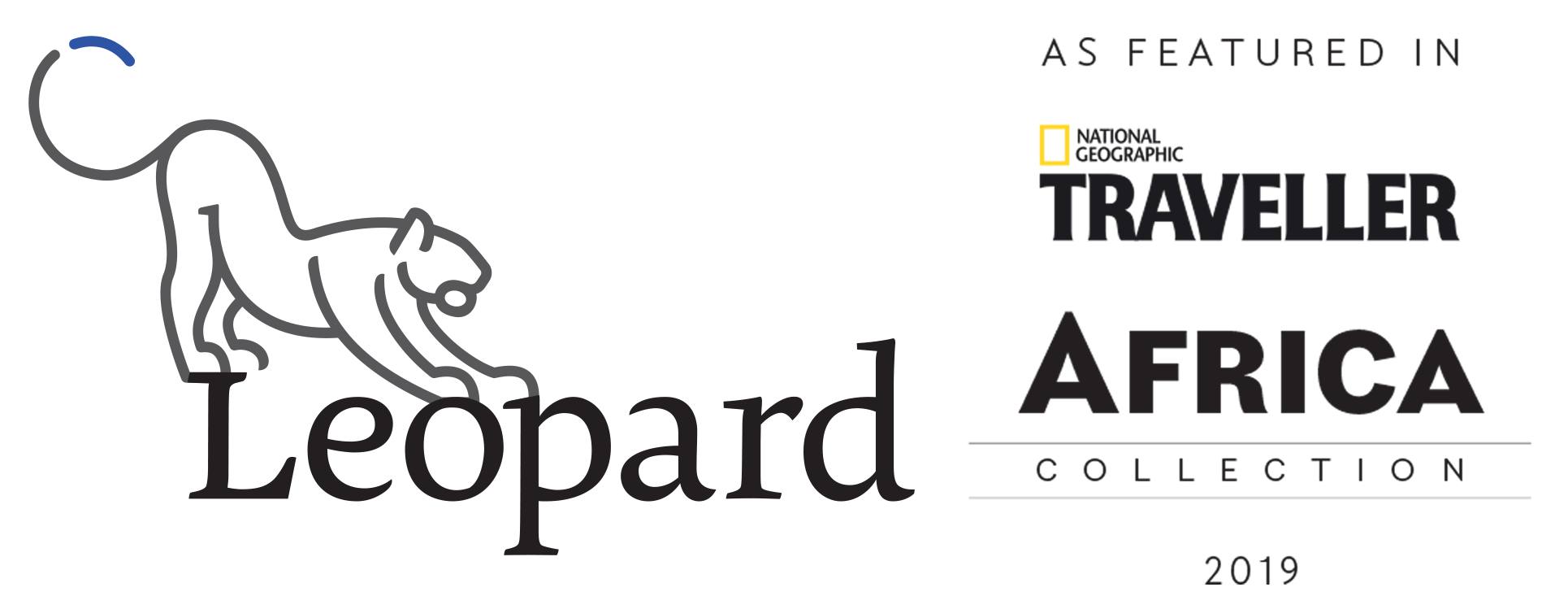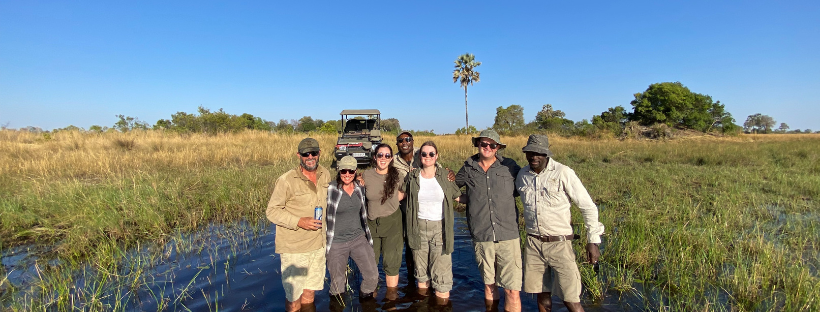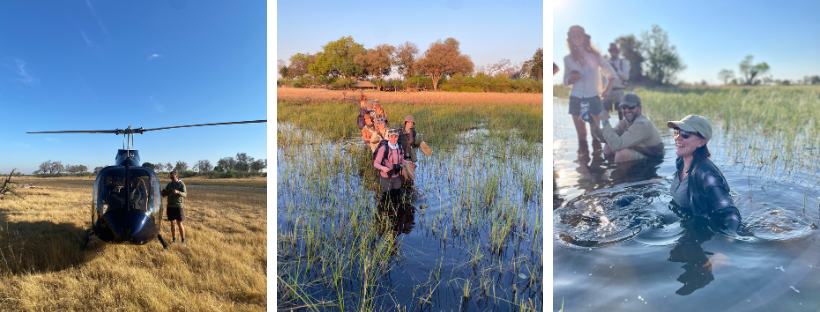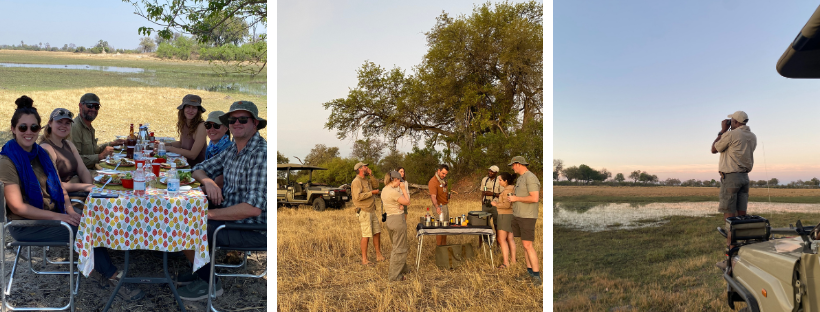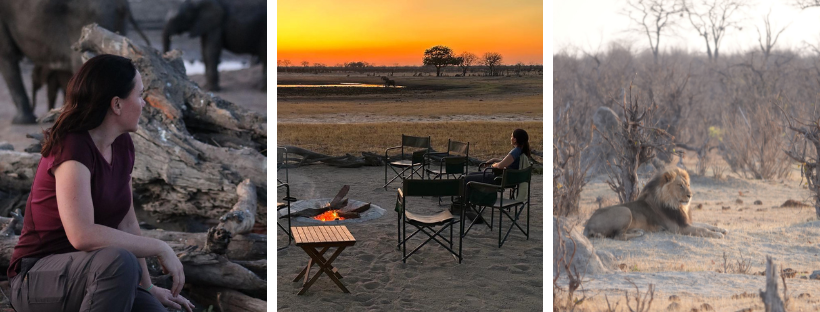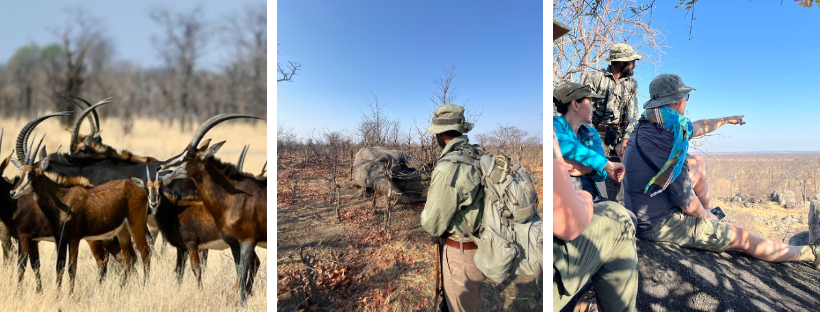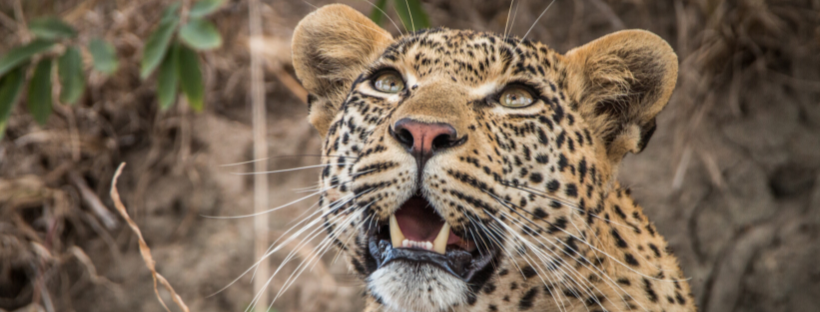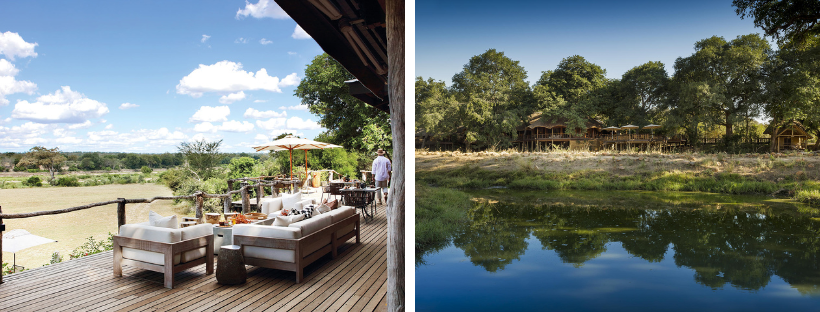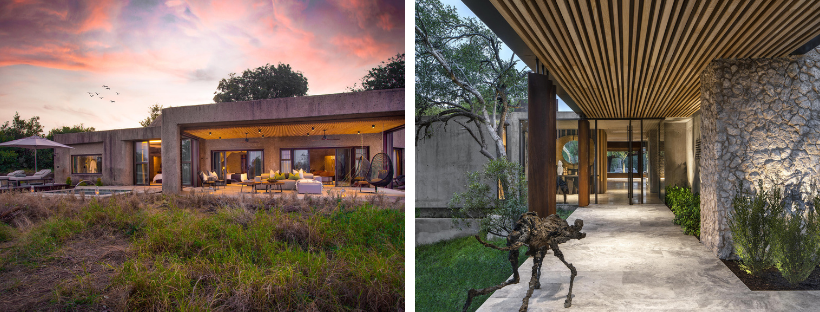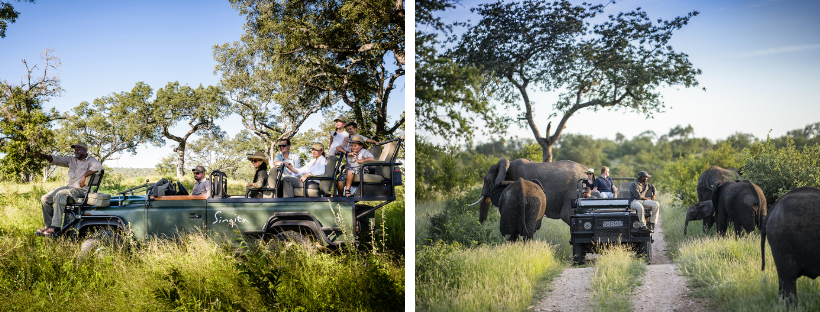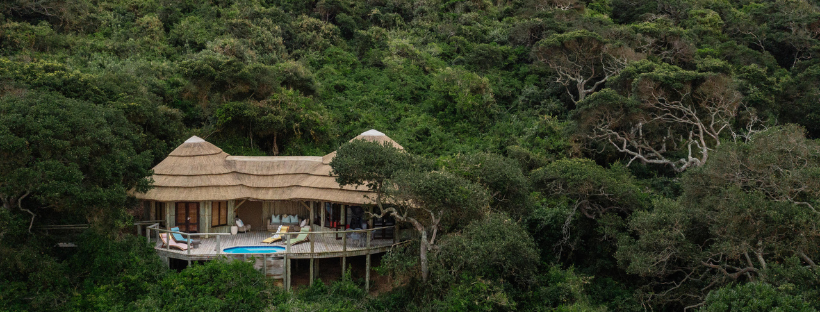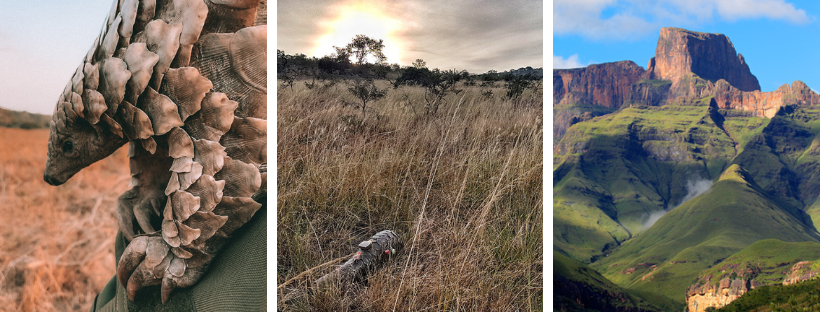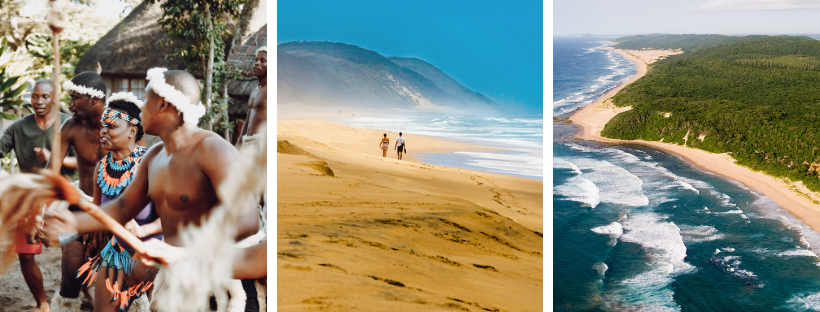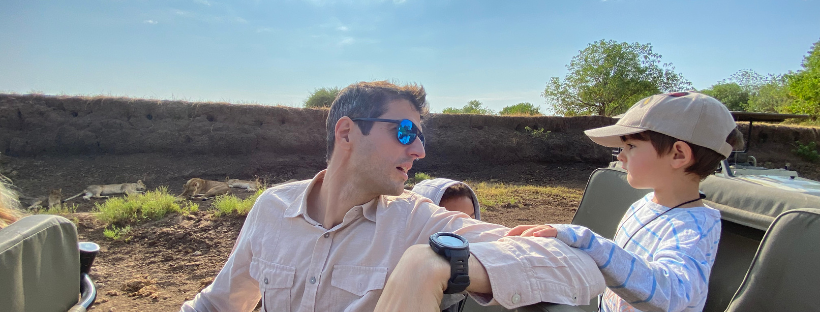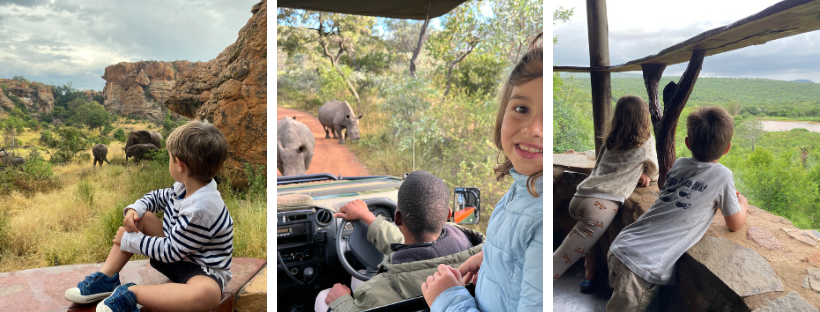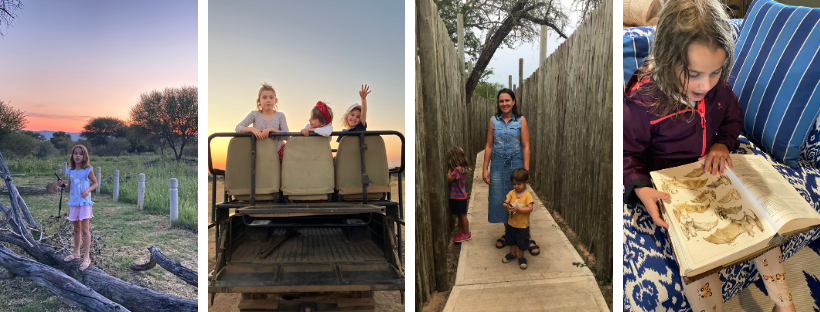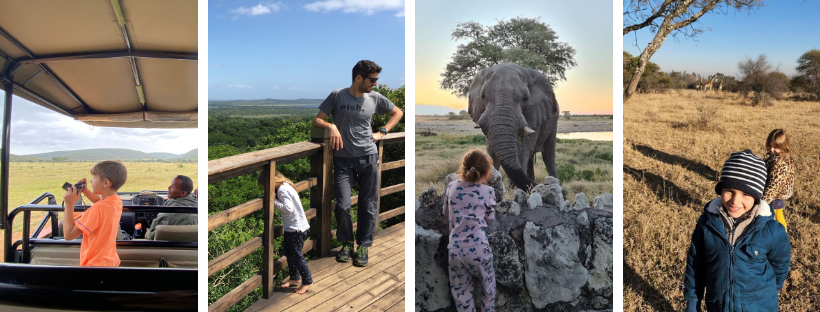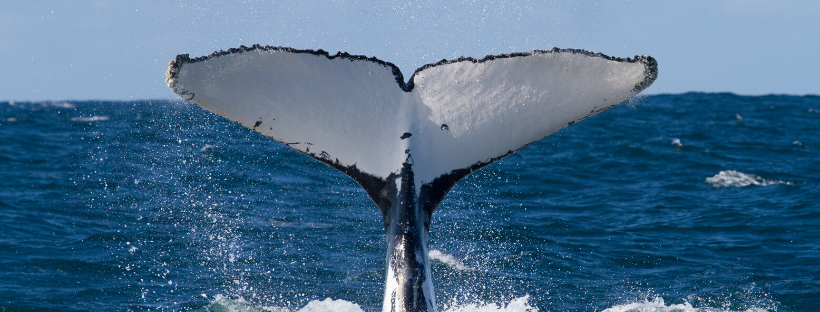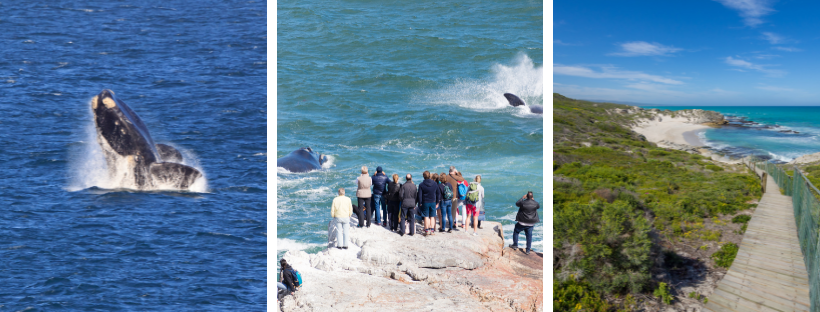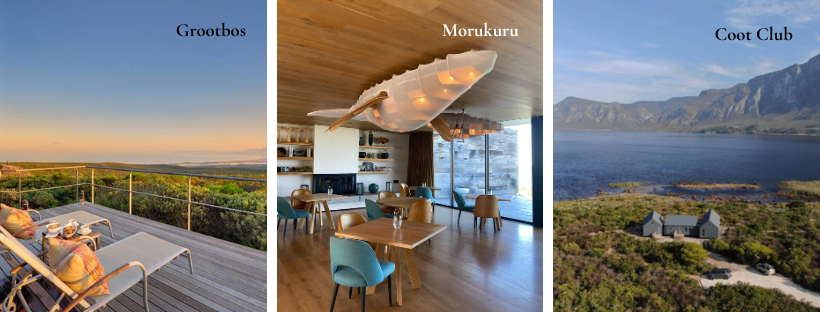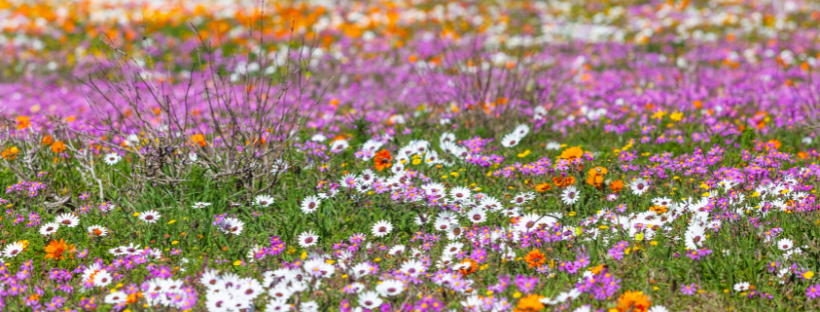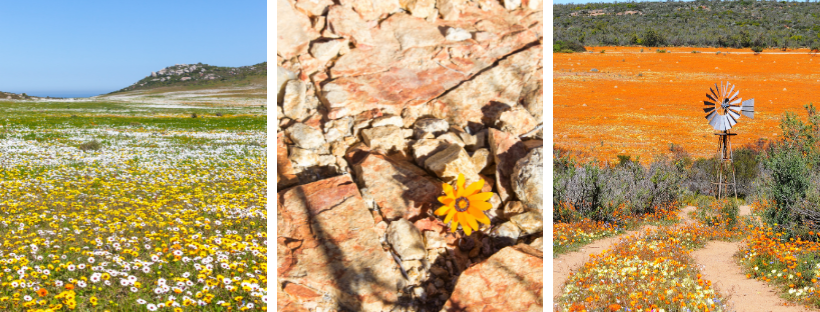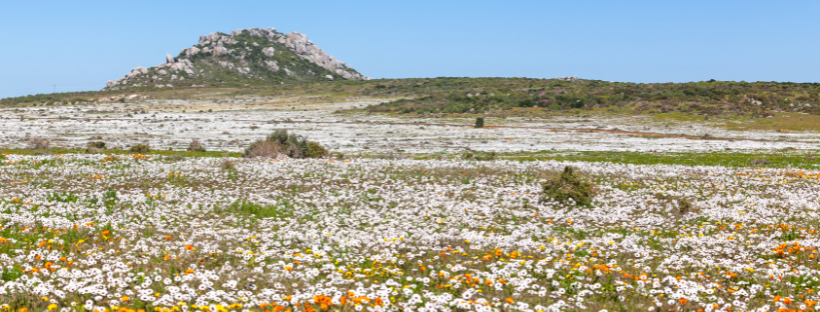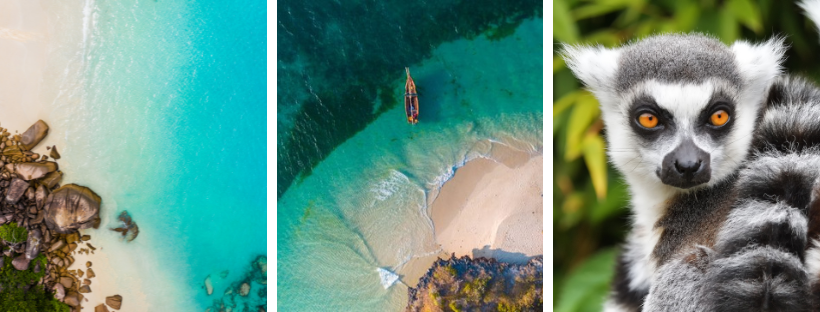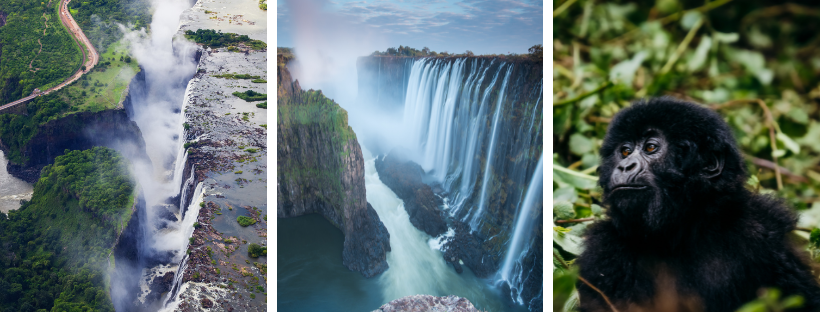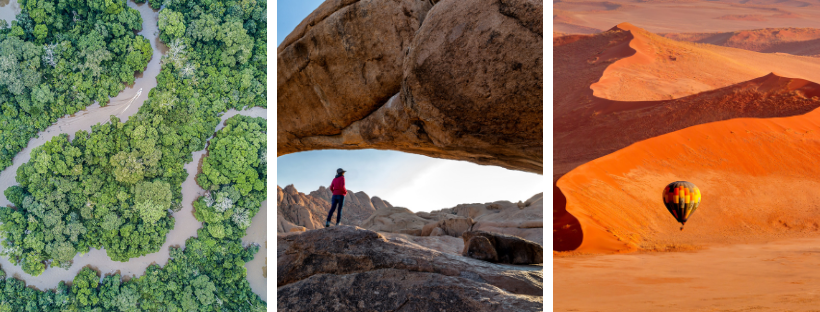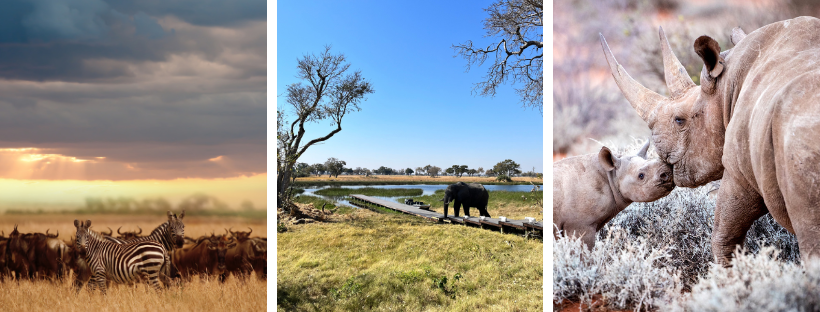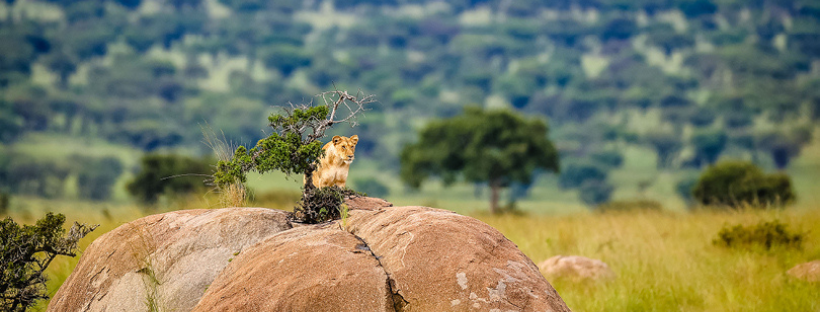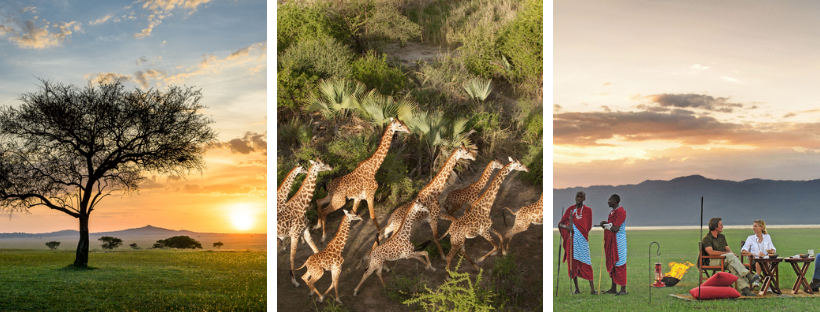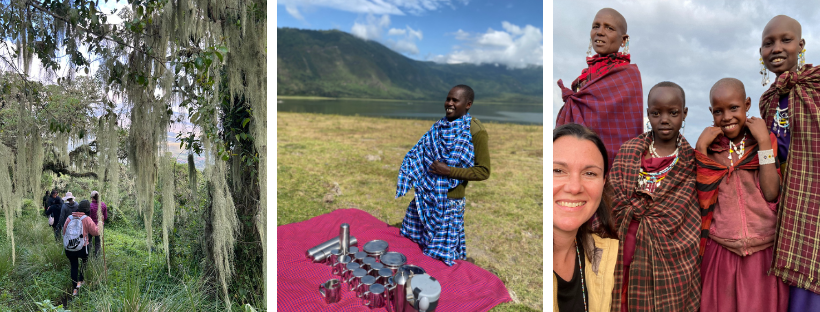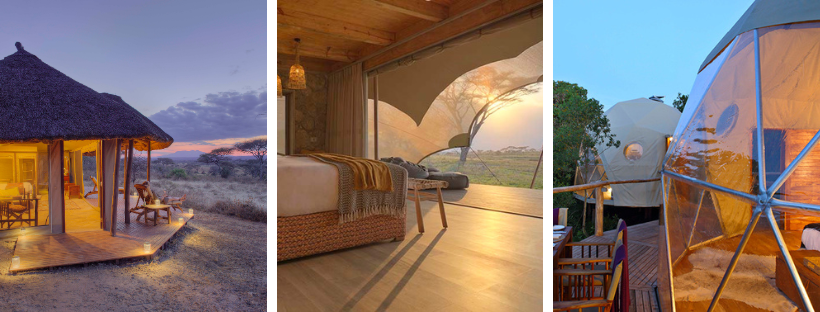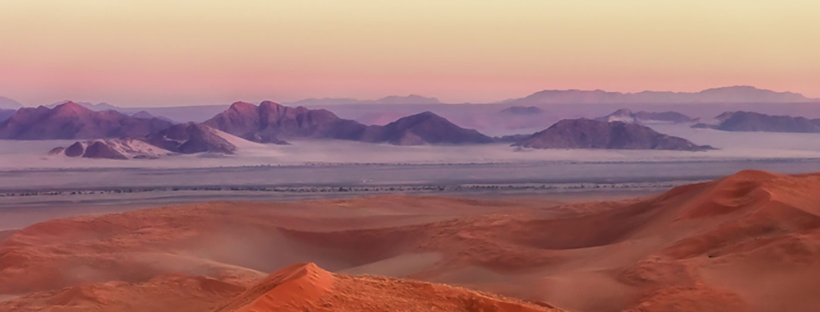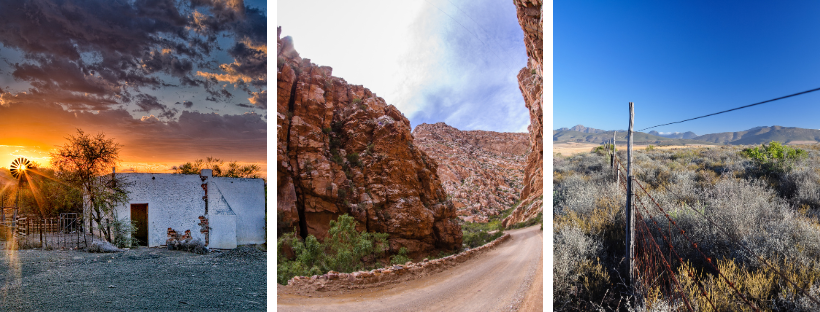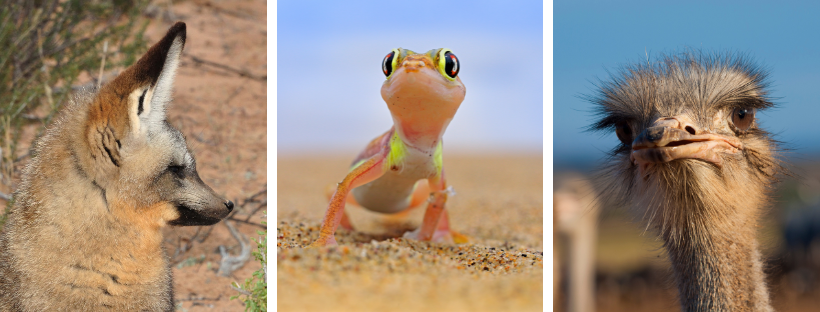Mauritius vs Seychelles: which is superior?
It matters where you find yourself on a tropical island holiday. While the idea of palm trees, white sands and an all-inclusive resort may entice some to click the “book now” button on a popular booking site, different tropical destinations can offer vastly different experiences. The less discerning could end up trapped in a windy corner of the world with sub-par food and drink, limited activities and small bottles of sunscreen sold at stratospheric prices.
That’s why, at Leopard, we love to share our local expertise with you, to help you discover the most idyllic spots imaginable in the tropical Indian Ocean islands, where the atmosphere is intoxicating, the food heavenly and the service exemplary.
Mauritius vs Seychelles: Key distinctions
The key difference between the two destinations is that Mauritius is a solitary island, in contrast, Seychelles is an expansive archipelago of 115 islands. Both destinations provide the ultimate tropical island getaways, inviting you to unwind in a luxurious resort or a private villa and escape the everyday hustle and bustle.
When it comes to choosing between these destinations – characterised by their clear tropical waters, coral reefs, swaying palm trees and pristine powdery white sands – it boils down to personal preference. The Seychelles tends to be a bit more pricey, however, it’s possible to indulge in luxury or work within a more constrained budget while still enjoying a magical experience in both places. Here are a few highlights of each location to help you make your decision.
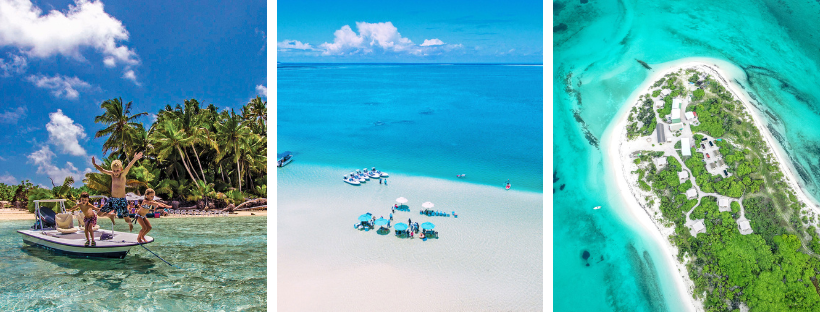
Seychelles
Whether you want the seclusion of North Island Lodge, where British royals William and Kate spent their honeymoon, or to find another remote bolthole in this archipelago, part of the charm of the Seychelles is the diversity that you’ll experience by island hopping.
International flights land in Mahé, where you’ll find Victoria (one of the world’s smallest capital cities) as well as the Morne Seychellois National Park, featuring a plethora of hiking trails, with one leading to the Seychelles’ highest point. The island has numerous guesthouses and hotels to choose from including Mango House Seychelles (previously home to Milanese fashion photographer Gian Paolo Barbieri) set on the edge of the ocean with views that you could drink in all day. Maia, part of the Tsogo Sun Hotels group, offers an equally enchanting setting perched on a hill above Anse Louis Beach. The resort, which has 30 private pool villas, has redefined the concept of all-inclusive with offerings that include top-tier Wagyu beef, delectable seafood, truffles and Veuve Clicquot champagne.
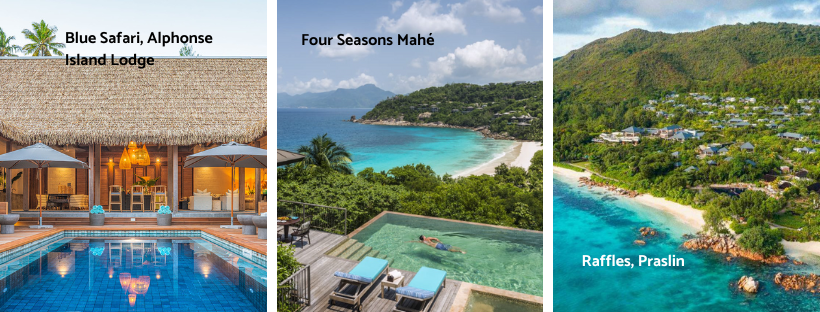
Regardless of the type of accommodation you choose, it’s the surroundings that draw travellers from far and wide. This paradise is renowned for its natural beauty, local Creole culture and unique biodiversity. Diving conditions are also excellent all year in Seychelles, with the prime times to experience underwater visibility being April to May and October to November.
Praslin is one of the Seychelles’ most enchanting islands, where towering granite boulders punctuate stretches of powdery white sand. This island is surrounded by incredible marine life and is home to the legendary coco de mer palm, which produces the world’s largest seed, as well as the endemic Seychelles black parrot. Savour sweet coconut cocktails on its shores and be sure to visit Anse Lazio beach on the north-western tip of the island, where you can swim or snorkel in translucent waters. Take a day trip by boat, where you may spot dolphins, from Praslin to Curieuse Island. Here you can enjoy a Creole barbeque and see giant Aldabra tortoises, then snorkel with turtles and an array of fish around St Pierre.
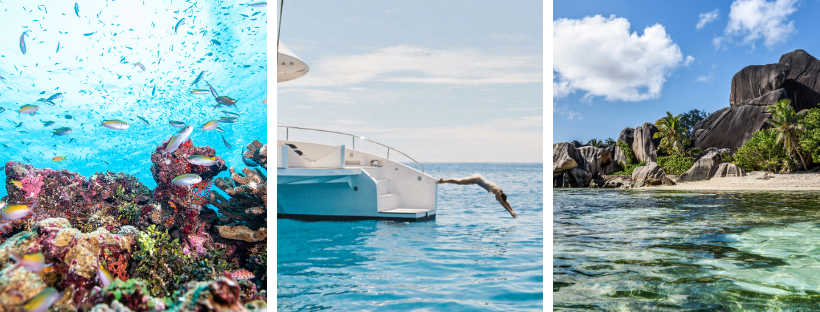
Short flights from Mahé transport you from the main inner islands, known for their iconic granite outcrops, to the Seychelles’ remote, sandy outer islands adorned with coconut palms and lush tropical flora. These isles, such as Alphonse Island and Astove Atoll, serve as sanctuaries for diverse marine life, coral reefs, Aldabra tortoises, and nesting birds. Astove Atoll features the awe-inspiring underwater precipice known as “The Wall,” while the inner lagoon’s nutrient-rich currents entice a wide range of prized fish species. Astove’s allure as a fishing and diving destination rests in its remarkable diversity, with species like the Indo-Pacific permit, barracuda, and bluefin trevally, among others.
Mauritius
Mauritius not only offers pristine beaches where you can snorkel in an aquarium-like ocean but also activities on other parts of the island. For instance, golf courses like Ile aux Cerfs and Paradis Golf Club are set against the picturesque backdrop of Le Morne Brabant. The mountainous island also abounds in hiking trails and popular routes include those to the Chamarel Waterfall, the Chamarel Seven Coloured Earth Geopark and trails in the scenic Black River Gorges Park where you can also enjoy activities like ziplining or quad biking.
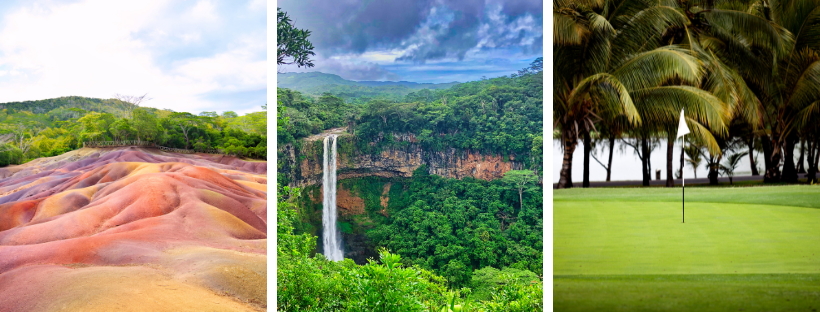
Mauritius is a popular destination for both couples seeking romantic getaways as well as families. While the One&Only Le Saint Géran previously catered exclusively to couples (and remains a wonderful space to enjoy romance), it has evolved into a top-tier family-friendly hotel. It now boasts two and three-bedroom suites with the option for multiple interconnecting rooms and the resort’s kids club includes a youth fitness program, a dedicated junior spa as well as a thoughtfully crafted healthy kids’ club menu. Couples wanting exclusive experiences can opt for a private breakfast catamaran cruise on a turquoise lagoon or an intimate “1001 candlelight dinner” in a secluded setting on the beach in front of Le Badamier.
Besides the fare you’ll find at resorts, Mauritian street food provides a cultural mosaic, with influences from Africa, India, China, and Europe. Sample a delicious fusion of flavours on the island where you can enjoy dishes like dholl puri and fish vindaye.
Some of the islands’ most beautiful beaches include Ile aux Cerfs, Le Morne, Flic En Flac and Mont Choisy. Trou Aux Biches is a perfect beach for families with its shallow and tranquil waters and shoreline shaded by casuarina trees. It’s also close to some wonderful dive sites, such as the wrecks of the Emily and the Water Lily, both intentionally scuppered in the 1980s.
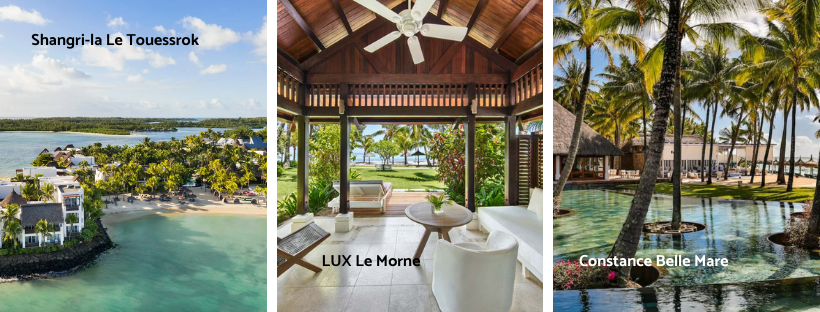
Choosing paradise
Whether you prefer a leisurely, or action-packed vacation, both destinations cater to your needs, with relaxation at the core of their offerings for those seeking a tranquil escape.
While Mauritius enjoys wonderful weather all year, the optimal time to plan your trip is from May to December. During this period it’s sunny and dry. We suggest avoiding the cyclone season, typically from January to March.
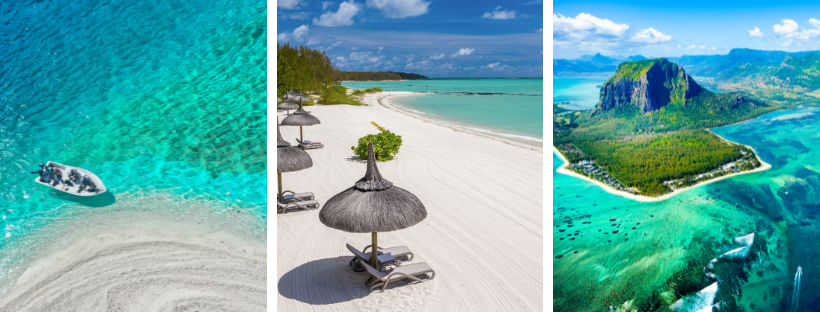
Seychelles, on the other hand, boasts consistently warm and beach-friendly weather year-round. The hottest months in Seychelles are December to April with January and February being the wettest. However, it’s worth mentioning that the rain showers during this season are typically brief, followed by sunshine. During this period the south-eastern parts of the islands are more sheltered than those affected by the north-westerly winds. From May to November the north-western sections of the islands are sheltered from south-easterly winds.
Happy travelling,
The Leopard Team
P.S. If you’d like more detailed information about these destinations and to find out how we can help you curate the perfectly tailored Indian Ocean honeymoon, romantic getaway or fun-filled family escape, reply to this email with the word “More”. We’re here to help.
Sign up for more newsletters like this here: https://mailchi.mp/2e4afa50d15f/leopard

